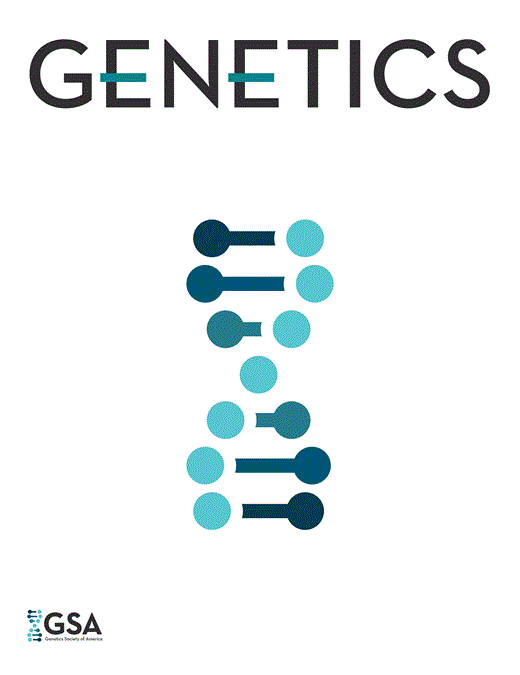-
PDF
- Split View
-
Views
-
Cite
Cite
Akira Sasaki, Yoh Iwasa, Optimal Recombination Rate in Fluctuating Environments, Genetics, Volume 115, Issue 2, 1 February 1987, Pages 377–388, https://doi.org/10.1093/genetics/115.2.377
Close - Share Icon Share
ABSTRACT
The optimal recombination rate which maximizes the long-term geometric average of the population fitness is studied for a two-locus haploid model, assuming that the fitnesses of genotypes AB, Ab, aB and ab are 1 + s(t), 1 - s(t), 1 - s(t), and 1 + s(t), respectively, where s(t) follows various stationary stochastic processes with the average zero. With positive recombination, the polymorphism is stably maintained at both loci. After an initial transient phase, the dynamics are reduced to one dimension, and are analyzed for (i) weak selection limit, (ii) strong selection limit, and (iii) selection with two state Markovian jump. Results are: (1) If the environmental fluctuation has a predominant periodic component, r opt is approximately inversely proportional to the period irrespective of selection intensity. (2) If the fluctuation is a superposition of many periodic components, the one with the longest period is the most effective in determining r opt because the genetic dynamics cannot track very quick fluctuations (low pass filter effect). (3) If the power spectrum density is decreasing with the frequency, as in pink, or 1/f noises, r opt is small when selection is weak, and increases with the selection intensity. Numerical calculation of the genetic dynamics of a recombination modifier supports all these predictions for the evolutionarily stable recombination rate.



